A new paravian dinosaur from the Late Jurassic of North America supports a late acquisition of avian flight
- PMID: 31333906
- PMCID: PMC6626525
- DOI: 10.7717/peerj.7247
A new paravian dinosaur from the Late Jurassic of North America supports a late acquisition of avian flight
Abstract
The last two decades have seen a remarkable increase in the known diversity of basal avialans and their paravian relatives. The lack of resolution in the relationships of these groups combined with attributing the behavior of specialized taxa to the base of Paraves has clouded interpretations of the origin of avialan flight. Here, we describe Hesperornithoides miessleri gen. et sp. nov., a new paravian theropod from the Morrison Formation (Late Jurassic) of Wyoming, USA, represented by a single adult or subadult specimen comprising a partial, well-preserved skull and postcranial skeleton. Limb proportions firmly establish Hesperornithoides as occupying a terrestrial, non-volant lifestyle. Our phylogenetic analysis emphasizes extensive taxonomic sampling and robust character construction, recovering the new taxon most parsimoniously as a troodontid close to Daliansaurus, Xixiasaurus, and Sinusonasus. Multiple alternative paravian topologies have similar degrees of support, but proposals of basal paravian archaeopterygids, avialan microraptorians, and Rahonavis being closer to Pygostylia than archaeopterygids or unenlagiines are strongly rejected. All parsimonious results support the hypothesis that each early paravian clade was plesiomorphically flightless, raising the possibility that avian flight originated as late as the Late Jurassic or Early Cretaceous.
Keywords: Avialae; Dinosauria; Hesperornithoides miessleri; Late Jurassic; Morrison Formation; Origin of birds; Paraves.
Conflict of interest statement
The authors declare that they have no competing interests.
Figures


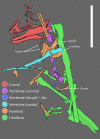
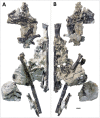

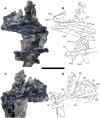
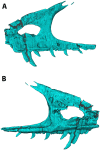


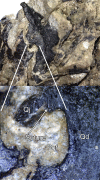
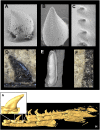
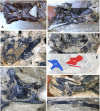
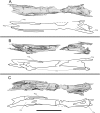
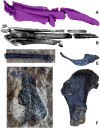
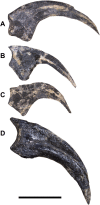
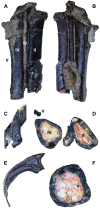

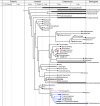
References
-
- Agnolin FL, Novas FE. Avian ancestors: a review of the phylogenetic relationships of the theropods Unenlagiidae, Microraptoria, Anchiornis and Scansoriopterygidae. Dordrecht: Springer; 2013. p. 96.
-
- Agnolin FL, Motta MJ, Egli FB, Lo Coco G, Novas FE. Paravian phylogeny and the dinosaur-bird transition: an overview. Frontiers in Earth Science. 2019;6:252. doi: 10.3389/feart.2018.00252. - DOI
-
- Agnolin FL, Powell JE, Novas FE, Kundrat M. New alvarezsaurid (Dinosauria, Theropoda) from uppermost Cretaceous of north-western Patagonia with associated eggs. Cretaceous Research. 2012;35:33–56. doi: 10.1016/j.cretres.2011.11.014. - DOI
-
- Barsbold R. Saurornithoididae, a new family of small theropod dinosaurs from Central Asia and North America. Palaeontologia Polonica. 1974;30:5–22.
-
- Barsbold R, Osmólska H. The skull of Velociraptor (Theropoda) from the Late Cretaceous of Mongolia. Acta Palaeontologica Polonica. 1999;44(2):189–219.
Associated data
LinkOut - more resources
Full Text Sources

